Originally published in Automobile Quarterly, Volume 31, Number 2
It’s outrageous, it’s extravagant, it may be somewhat antisocial, but it’s American as a grand slam homer and, by initial reports, Chrysler has driven one out of the park with the Dodge Viper RT/10.
Truth is there is no rational justification for the Viper. Certainly it makes business sense for Chrysler to build a headline grabber like the Viper. Dodge’s roadster has been on more magazine covers than Cher, and garnered enough Ink to float the USS Abraham Lincoln, aircraft and crew included. It’s already a home run from publicity standpoint.
But the world really doesn’t need a two-passenger, eight-liter V-10 roadster that goes 160 mph and has an EPA fuel economy rating of 14 mpg city/19 mpg highway. Yet from the hullabaloo, is what the world wants. And Chrysler in 1992 needs very much to have something the world wants.
Surely it’s Wants, not Needs, that the Viper answers. Almost a study in impracticality, Iacocca’s snake has no roof, only a fabric top that, installed, looks like a cheap toupee. Roll-up Windows? Nope, side curtains. No air conditioning. No outside door handles either. Federal rules specify locks, but anyone can reach inside and unlock them.
The body of the Dodge Viper, of fiberglass reinforced plastic, is voluptuous and sensual and makes no apology for a single curve. It mounts on a tubular steel frame, rigid as Vermont granite, that cradles the push-rod aluminum V-10 strong and simple as a Conestoga wagon, yet new and exotic as the space shuttle.
Ten intake runners interlace between the banks of the vee, painted crackle red and fed by electronic fuel injection. With an even firing pattern, five pipes per side, catalysts and noise-restricted side pipes, the Viper’s exhaust note is not symphonic. But symphonies don’t make you go, horsepower and torque do. The Viper has plenty of both: 400 bhp at 4,600 RPM and 450 lb-ft at 3,600 and a torque curve as broad as the Mississippi at Memphis.
Tires are wider than a Los Angeles Freeway: Michelin XGT-Z, P275/40ZR-17 front, P335/35ZR-17 rear. Salad slicer three-spoke wheels have cast aluminum hubs and spun aluminum rims, 10 and 13 inches wide front and rear, respectively. The suspension is fully independent, with four-wheel disc brakes.
The cockpit’s finished in gray structural urethane foam with individual instruments, highlighted with black letters on white faces, placed across a curved dash that drops into a wide center console. All of this is topped by a six-speed shifter and the handbrake. Pedals skew to the left to clear the engine and the road beckons over the small leather-wrapped steering wheel.
Chrysler will build 200 cars in 1992, as many as 2000 in 1993, with capacity of 3,000-5,000 thereafter. We shall see, however, what the demand curve supports at a list price of about $55,000. Perhaps that matters less, however, than Chrysler stepping to the plate, digging in its cleats and swinging for the fences. Because it looks like this one’s outahere. It looks like another golden age.





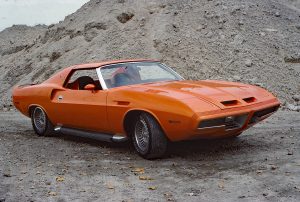
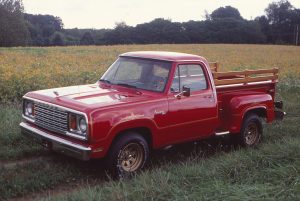
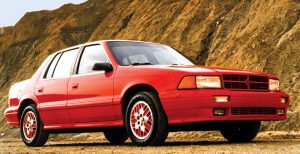
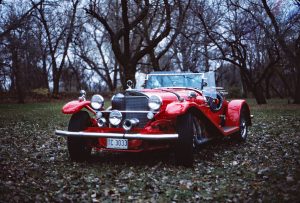
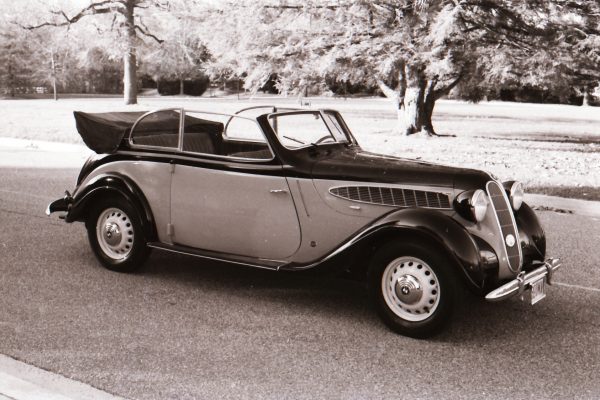
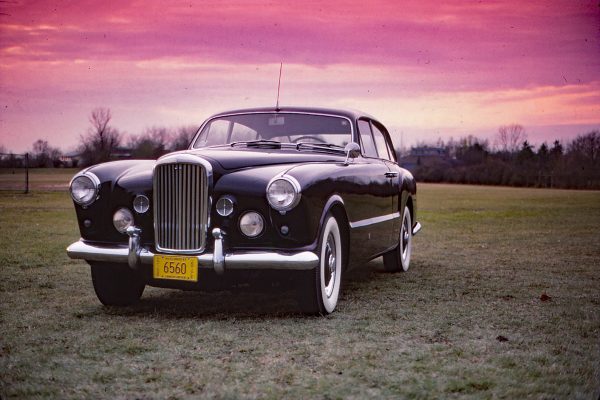
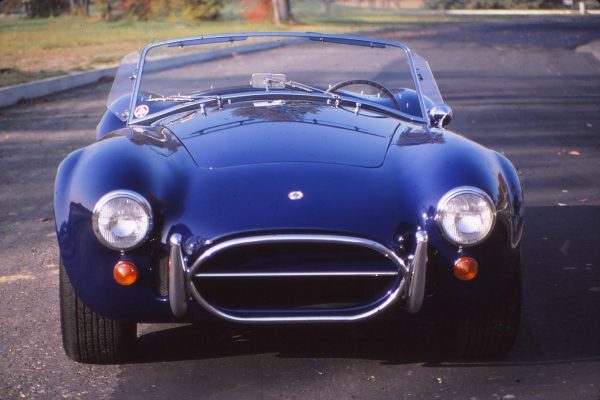
What Do You Think?
You must be logged in to post a comment.